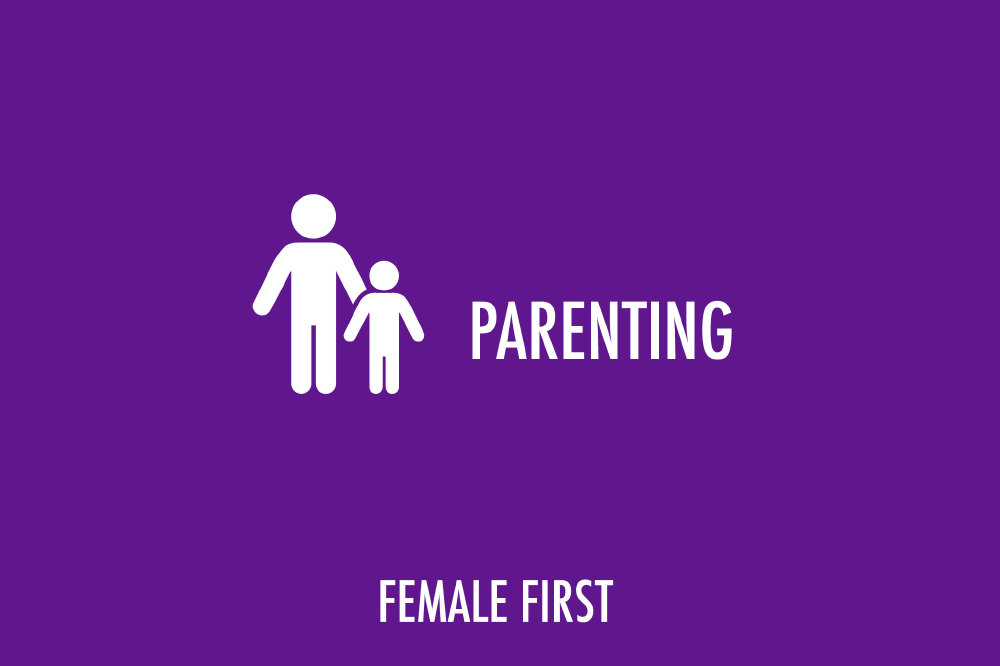-

Parenting on Female First
Jim Trelease's Tips on Reading Aloud with Children:
1. Begin reading to children as soon as possible. The younger you start them, the easier and better it is.
2. With infants through toddlers, it is critically important to include in your readings those books that contain repetitions; as they mature, add predictable and rhyming books.
3. During repeat readings of a predictable book, occasionally stop at one of the key words or phrases and allow the listener to provide the word.
4. To encourage involvement, invite the child to turn pages for you when it is time.
5. Before you begin to read, always say the name of the book, the author, and the illustrator—no matter how many times you have read the book.
6. The first time you read a book, discuss the illustration on the cover. Ask: “What do you think this is going to be about?”
7. As you read, keep listeners involved by occasionally asking, “What do you think is going to happen next?”
8. If you are reading a picture book to a group of children, make they can see the pictures easily.
9. Remember that reading aloud comes naturally to very few people. With practice, it gets easier and easier.
10. Use plenty of expression when reading. If possible, change your tone of voice to fit the dialogue.
11. Adjust your pace to fit the story. During a suspenseful part, slow down, and lower your voice. A lowered voice in the right place moves an audience to the edge of its chairs.
12. The best way to bring a story to life—whether the listener is a four-year-old or a forty-year-old—is to slow down your reading. Read slowly enough for the child to build mental pictures of what he just heard you read. Slow down enough for the listener to see the pictures in the book without feeling hurried. Reading slowly gives you more time to use lots of vocal expression.
13. Be a good “coach.” When you come to a part of the story that the audience might not sense is important, pause and then whisper, “Mmmmmm. That could be important.”
14. Reluctant readers or unusually active children frequently find it difficult to just sit and listen. Paper, crayons, and pencils allow them to keep their hands busy while listening. (You doodle while talking on the telephone, don’t you?)
15. Lead by example. Make sure your children see you reading for pleasure other than at read-aloud time. Share with them your enthusiasm for whatever you are reading.
16. Don’t read stories aloud that you don’t enjoy yourself. Your dislike will show in the reading, and that defeats your purpose of having fun with books.
17. Don’t confuse quantity with quality. Reading to your child for ten minutes, with your full attention and enthusiasm, may very well last longer in the child’s mind than two hours of solitary television viewing.
18. Don’t use the book as a threat (”If you don’t tidy up your toys, no story tonight!”). As soon as your child sees that you’ve turned the book into a weapon, they’ll change their attitude about books from positive to negative.
19. Don’t try to compete with television. If you say, “Which do you want, a story or TV?” a child will usually choose the latter. Since you are the adult, you choose. “The television goes off at six-thirty in this house. If you want a story before bed, that’s fine. If not, that’s fine, too. But no television after six-thirty.” But don’t let books appear to be responsible for depriving children of viewing time.

